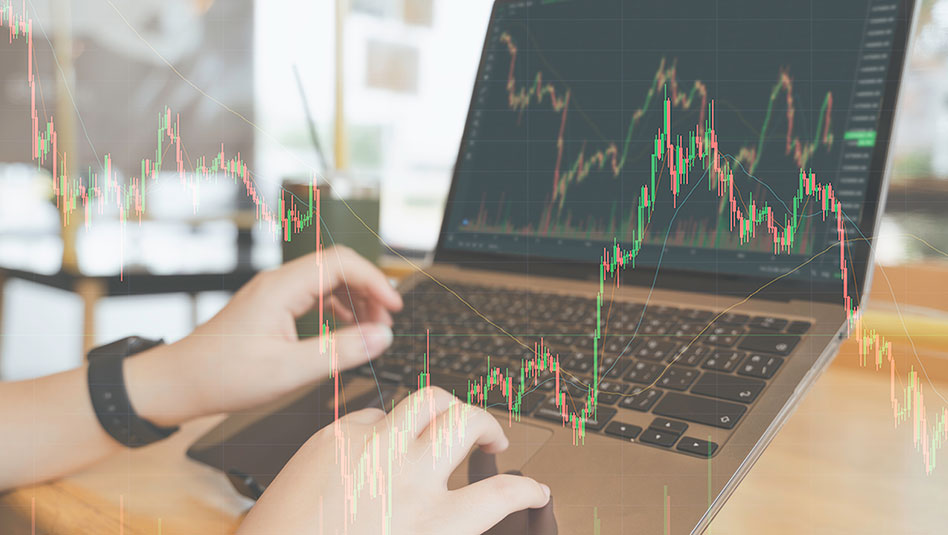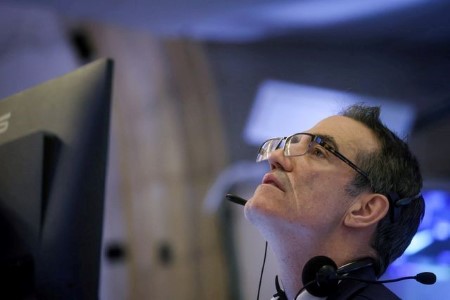NIIGATA, Japan, May 12 (Reuters) – Finance leaders of the Group of Seven (G7) advanced economies will debate this week the idea of implementing targeted controls on investments to China, which analysts see as a double-edged sword that could make little headway.
China is much on the minds of G7 finance leaders gathering in the Japanese city of Niigata, with current G7 chair Japan leading fresh efforts to diversify supply chains and reduce their heavy reliance on Beijing.
But the group is not on the same page in terms of how far it should go in countering China, as hurting trade with the world’s second-largest economy could deal a heavy blow to export-reliant countries such as Germany and Japan.
The United States is at the forefront in pushing for stronger steps against China. Treasury Secretary Janet Yellen said on Thursday many members of the G7 economies shared US concerns about China’s use of “economic coercion” against other countries, and considering ways to counter such behavior.
“We have been engaging in discussions with our G7 colleagues, and I would expect that that would continue these meetings, at least in some informal way,” Yellen said on the US push to impose such curbs.
Germany is increasingly wary of China as a strategic rival and has considered steps to reassess bilateral ties, but is cautious of being seen as forging a G7 front against China.
In a sign of the sensitivity of the matter for Germany, the country led calls urging caution against targeting China under new European Union sanctions over Russia’s invasion of Ukraine, five diplomatic sources told Reuters.
While the G7 leaders’ summit next week could see debate on implementing targeted controls on investments to China, any screening of investments would be targeted to strategically important areas, a German government source said on Thursday.
The discussions among the finance leaders will lay the groundwork for the summit in Hiroshima.
Host Japan is cautious about the idea of outbound investment controls against China given the huge impact it could have on global trade and its own economy.
“Restricting outbound investment would be quite difficult,” said one of the officials, who spoke on condition of anonymity due to the sensitivity of the matter.
“The United States, for one, is making a lot of money investing in China, which makes you wonder if you can really impose restrictions,” the official said.
British Finance Minister Jeremy Hunt told the Nikkei newspaper on Thursday the G7 must counter China’s economic coercion, though made no mention of investment controls.
Another less controversial initiative to be endorsed by the G7 is to create partnerships with low and middle-income nations to diversify supply chains away from countries like China.
Japan has invited six non-G7 countries, including Brazil, India and Indonesia, for an outreach meeting on Friday where supply chain partnerships will be discussed.
Analysts, however, are sceptical on how effective such steps to counter China would be.
“It’s very difficult to leave China out given its economic might,” said Toru Nishihama, chief emerging market economist at Dai-ichi Life Research Institute. “Doing so could divide world trade, damage global growth and hurt G7 economies themselves.”
The G7 rich democracies would also face difficulty helping emerging economies solve their debt problems by isolating China, which is the world’s largest sovereign creditor.
US officials have been blunt about their mounting frustration with China’s foot-dragging on debt restructuring requests, with last month’s sovereign debt roundtable held during the IMF-World Bank spring meetings making little headway.
The G7 finance leaders are expected to issue a joint statement after their three-day meeting ends on Saturday.
(Reporting by Leika Kihara and Andrea Shalal, Additional reporting by Tetsushi Kajimoto, Takaya Yamaguchi and Christian Kraemer; Editing by Kim Coghill)







 DOWNLOAD
DOWNLOAD





